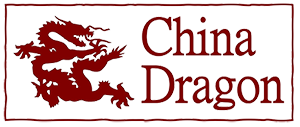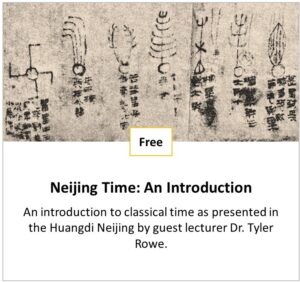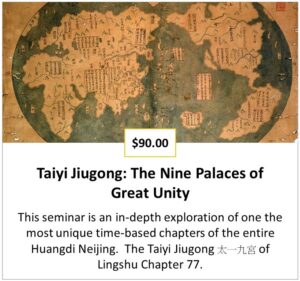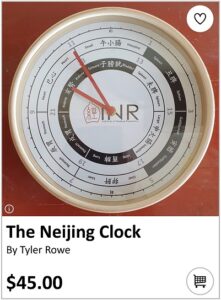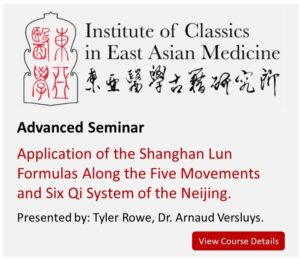Neijing Time: An Introduction
This 1 hour Introduction to Neiijing Time sets the groundwork for your journey into the realm of classical Chrono-acupuncture. This is a basic course covering elements of how contemporary Traditional Chinese Medicine views time, the importance of correspondence, setting the scene for key and common cycles seen throughout the text and key principles that are required for all Neijing Time study. This seminar will also introduce the basics of the Classical Chinese Medical Clock of the Suwen and Lingshu Jing. Delivered by Dr. Rowe this seminar is a prerequisite for all forthcoming Neijing Time seminars within the INR. The core content of this seminar revolves around the astronomical indicators and chronological divisions of the key cycles of time found within the Huangdi Neijing.
Tian Gan: Ten Heavenly Stem Days
Timing is one of the cornerstones of Classical Chinese medicine, whether one practices within the herbal or acupuncture schools. Allowing insight into the patho-physiological mechanisms of the body, calculating cycles of time develops an awareness of direction, understanding, and can assist in determining the required intervention in medicine. This seminar is considered foundational in Neijing time studies and focuses on a few key areas: days that represent both health and illness, the Heavenly Stems in the Neijing, pathological patterns of the 藏氣法時論 (Zangqi Fashi Lun – Suwen Chapter 22), the heat illnesses from the 刺熱 (Ci Re – Suwen Chapter 32), and diagnosis according to Stems from various Suwen and Lingshu chapters.
Taiyi Jiugong: Nine Palaces of Great Unity
This 1.5 hour seminar is an in-depth exploration of one of the most unique time-based chapters of the entire Huangdi Neijing. The Taiyi Jiugong 太一九宮 of Lingshu Chapter 77 is an important treatise within the text that describes in clear detail the seasonal medical system of the Neijing. It is both foundational as the largest division of time – eight seasonal terms, and advanced as it provides a unique perspective of the pathological processes of the body. This seminar is designed for students or practitioners that are beginning their studies into Neijing Time, and can be undertaken as a stand alone course or along with the other Neijing Time seminars. As this is a theoretical seminar supplementary material on applications in line with INR methodology will be added at a later date.
The Neijing Clock
The classical Chinese organ clock according to the Huangdi Neijing. The clock face consists of two concentric circles allowing a regular hour hand to cover a 24 hour period. The outer is ‘AM’, the inner is ‘PM’. Black indicates night time (5pm– 5am) and white day time (5am – 5pm). Each 2 hour period is indicated by the Earthly Branch and corresponding Zang or Fu. The elemental-phase/organ indicated by the hour hand is at its peak, its controlled elemental-phase/organ is weakest.
Advanced Seminar on Five Phases and Six Qi
‘Five Movements and Six Qi’ Wuyun Liuqi 五運六氣 is the common name of a theoretical system that documents patterns in meteorological changes observed during the sixty year Chinese calendar, and how these changes affect human beings subject to these influences. The system also describes basic guidelines for the herbal medicine treatment of the conditions caused by these six influences. The theory was documented in chapters 66-71 and 74 of the Suwen. These seven chapters, which make up approximately one third of the entire text, originally existed as a separate work titled the Yinyang Dalun 陰陽大論 or Great Treatise on Yin and Yang which was referenced in Zhang Zhongjing’s preface to the Shanghan Lun.
